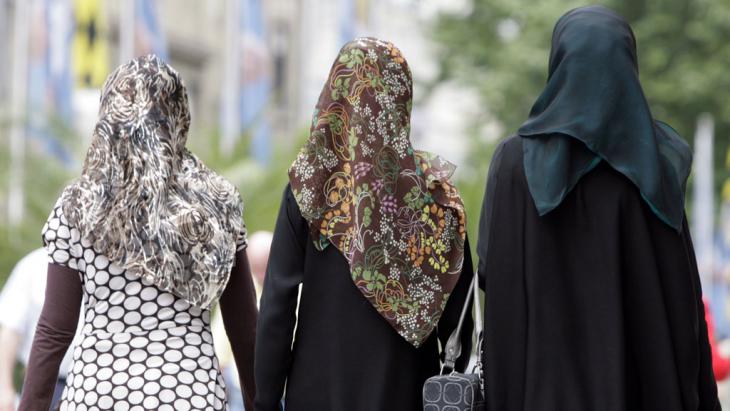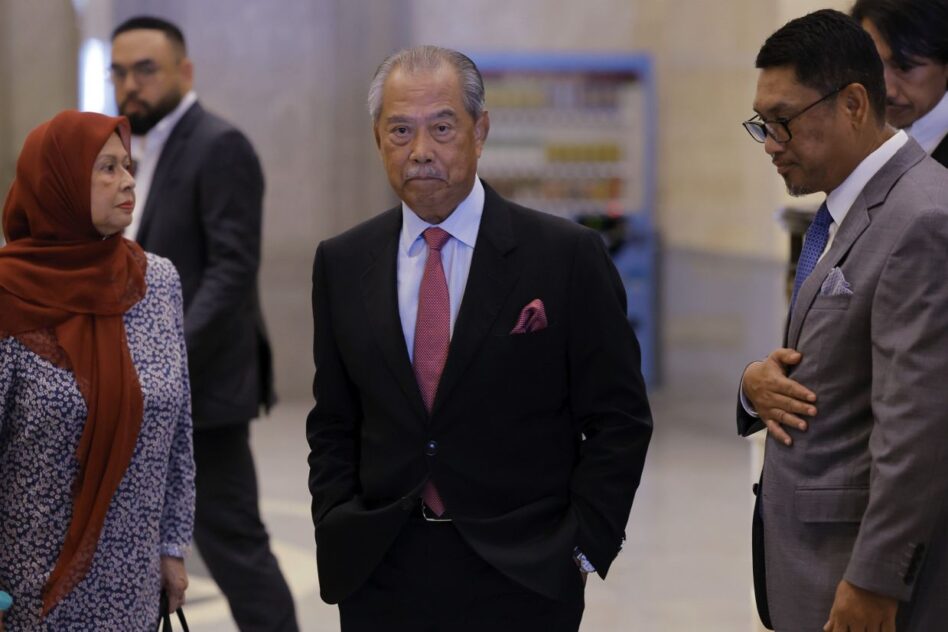MAHSA Amini, a 22-year-old Iranian woman, was arrested by the Guidance Patrol or the morality police for for allegedly not wearing the hijab in accordance with government standards.
The law, which made it compulsory for women to cover their heads, necks and hair with a garment called the hijab, has been in effect since the Iranian Islamic Revolution in 1979.
Amini was arrested by the Guidance Patrol at the Shahid Haghani Expressway in Tehran on Sept 13, 2022 while in the company of her family. She was later taken to the detention centre to undergo a “briefing class” and released an hour later.
Her brother, who was with her when she was arrested, was later informed that his sister had suffered a heart attack and a brain seizure at the police station to which she had been taken. Two hours after her arrest she was taken to Kasra Hospital, and two days after she fell into a coma, she was pronounced dead.
The Iranian government has determined that Amini’s demise was caused by pre-existing medical issues, a finding that was officially verified by the hospital. This contradicted the findings of several medical experts, who reported that her symptoms were indicative of a head injury.
Protests had erupted mere hours after Amini’s death. Spreading rapidly across Iran, protestors battled security officers, attacked regime symbols, and burned headscarves.
Indeed, the death of 22-year-old Mahsa Amini in Iran has amplified the projection of the “infamous side” of Islam from a global perspective, thus bringing a contentious question to light: To what extent should Muslim women be subjected to dress code enforcement?
In essence, from the Islamic jurisprudence perspective and according to Quranic studies, scholars conceded that all Muslim women who have attained puberty must wear the hijab.
According to Quranic doctrine, wearing a veil, or hijab, is a requirement for all Muslim women rather than a matter of choice since it is a clear command from Allah the Almighty.
A petition written by a group of Iranian women living in exile stated that practicing one’s own culture and tradition should not require compulsion and special police force.
Some feminists argued that the hijab symbolises gender inequality and injustice, as it takes away women’s rights to control to their bodies.
They believe that the concept of wearing the hijab is against the concept of feminism, given how little control she has control over how other people perceive her morality based on how she presents herself to the world.
They conceded that the purpose of wearing the hijab is to enhance a woman’s social position and urge women to fulfil their responsibilities as wives and mothers, which is a sign of gender discrimination.
The prevalence of xenophobia and Islamophobia harkens back to the olden days and have unapologetically persisted in our current society.
However, regardless the stumbling blocks in achieving inclusivity and acceptance, every citizen of the world should recognise and respect the conception that “different does not equate to being wrong”.
In light of spreading kindness, the spectrums of noble values should be accentuated – there is nothing more frightful than filling our lives with pure ignorance and hatred.
In short, a theoretical comprehension of how women may resolve the self-discrepancy generated by meanings linked with veiling in other Muslim-majority nations shall be advanced by doing further application of compensatory consumption to the study of the hijab. – Jan 13, 2023
Edelle Lim Xi Tong is a third-year law student at Universiti Kebangsaan Malaysia (UKM) while Dr Nabeel Mahdi Althabhawi is a senior lecturer attached to the public varsity.
The views expressed are solely of the author and do not necessarily reflect those of Focus Malaysia.
Main photo credit: Qantara.de










